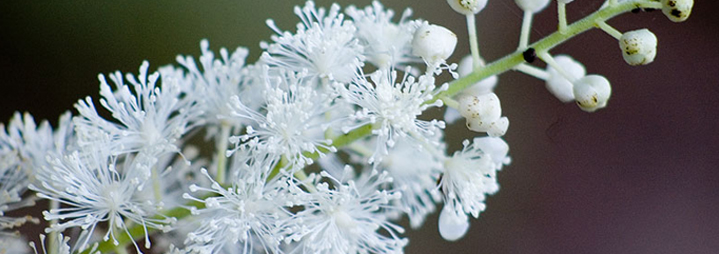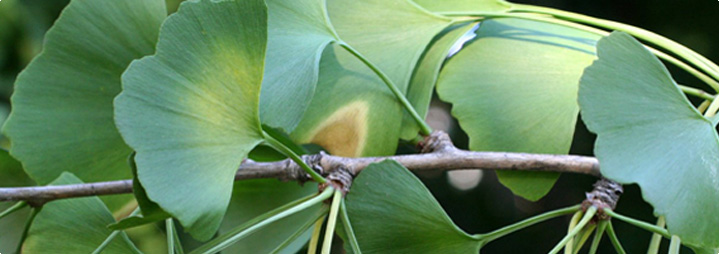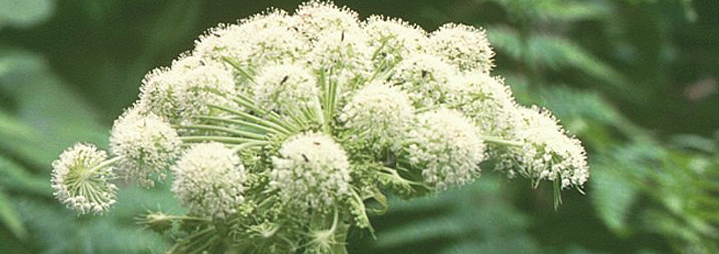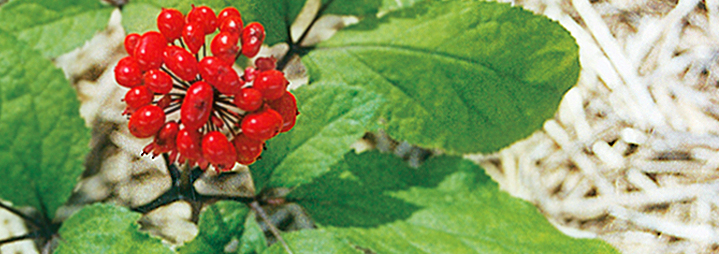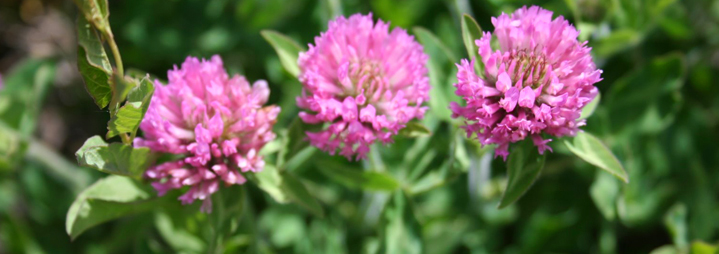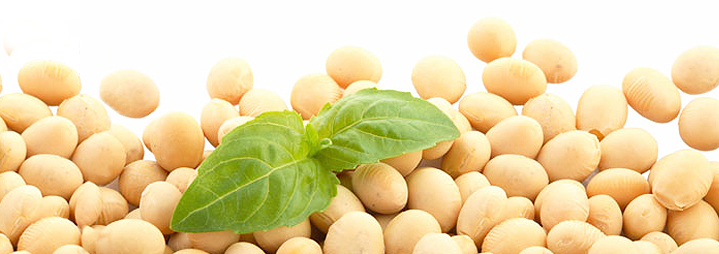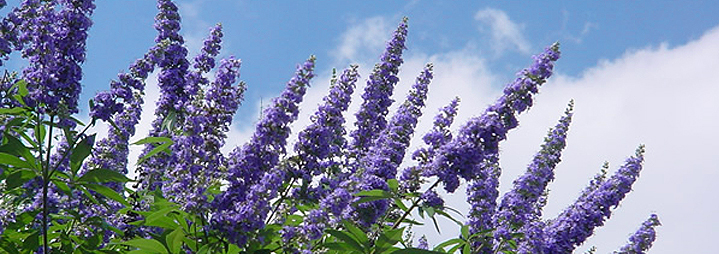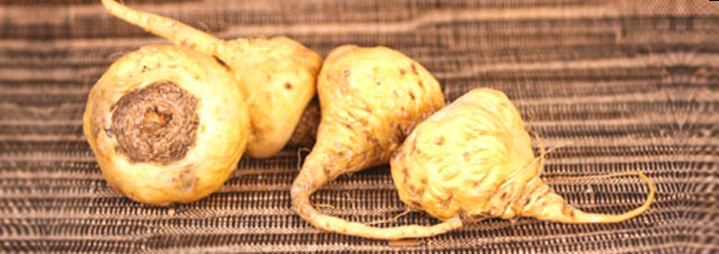The Truth About Phytoestrogens
During menopause, your hormone levels fluctuate. This can lead to lots of changes in your body, the side effects of which are known as the symptoms of menopause. You may get hot flashes, night sweats or even osteoporosis.
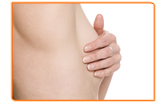 There are different ways to combat the symptoms of menopause, one of which is hormone replacement therapy (HRT), but this comes with its own side effects like unusual bleeding and can increase the risk of breast cancer.
There are safer ways to combat the symptoms of menopause though, like phytoestrogens.
There are different ways to combat the symptoms of menopause, one of which is hormone replacement therapy (HRT), but this comes with its own side effects like unusual bleeding and can increase the risk of breast cancer.
There are safer ways to combat the symptoms of menopause though, like phytoestrogens.
Read on to learn how phytoestrogens could help you.
Phytoestrogens
Phytoestrogens are a type of xenoestrogen. All these long words may sound confusing, especially if you're feeling a bit depressed from being menopausal all the time. But, all you really need to know is that xenoestrogen is a compound that can mimic the effect estrogen has on a living organism. This is possible because xenoestrogen is similar to estrogen at a molecular level. This means that they can help you if you are suffering from symptoms of menopause. Read on to learn where you can find phytoestrogens.
Where You Can Find Phytoestrogens
Simply put, phytoestrogens are found in plants. This is easy to remember after a quick etymology lesson. The first part, 'phyto' means 'plant' in the ancient language of Latin, while 'estrogen' is derived from the two Latin words 'estrus', meaning 'sexual desire', and 'gene' which means 'to generate'.
You can find phytoestrogens in lots of different food sources. The foods with the highest relative estrogen levels are nuts and oilseed. These are the best foods to use as a source of phytoestrogen. If you don't think you are getting enough of these food types, try to incorporate them in your diet. Try swapping them with your usual snack, so instead of snacking on chocolate, eat a bag of nuts.
You can also find phytoestrogen in soy products, cereals, breads, legumes, meat products, vegetables and fruits, but their relative levels are lower. Read on to learn about the benefits of consuming phytoestrogens.
The Benefits of Phytoestrogens
 As a menopausal woman, you want help with dealing with symptoms of menopause. By mimicking the effect estrogen has on the body, phytoestrogens can help you. They may be able to help boost the estrogen levels you lose during menopause, helping to combat vaginal dryness, depression, breast pain and itchy skin.
As a menopausal woman, you want help with dealing with symptoms of menopause. By mimicking the effect estrogen has on the body, phytoestrogens can help you. They may be able to help boost the estrogen levels you lose during menopause, helping to combat vaginal dryness, depression, breast pain and itchy skin.
However, a review suggested that phytoestrogens may not help combat hot flashes. Click on the following link to learn more about phytoestrogens









